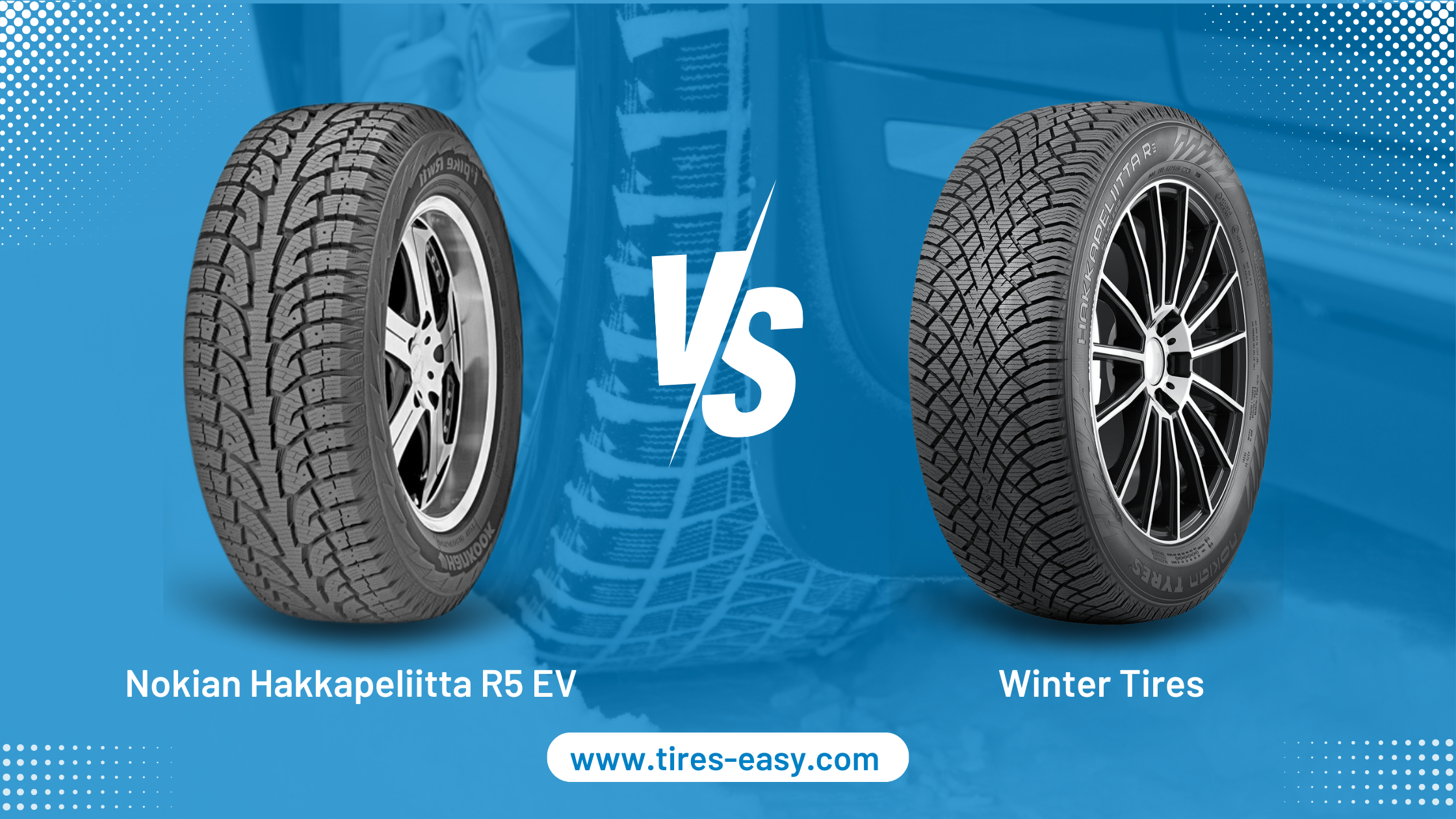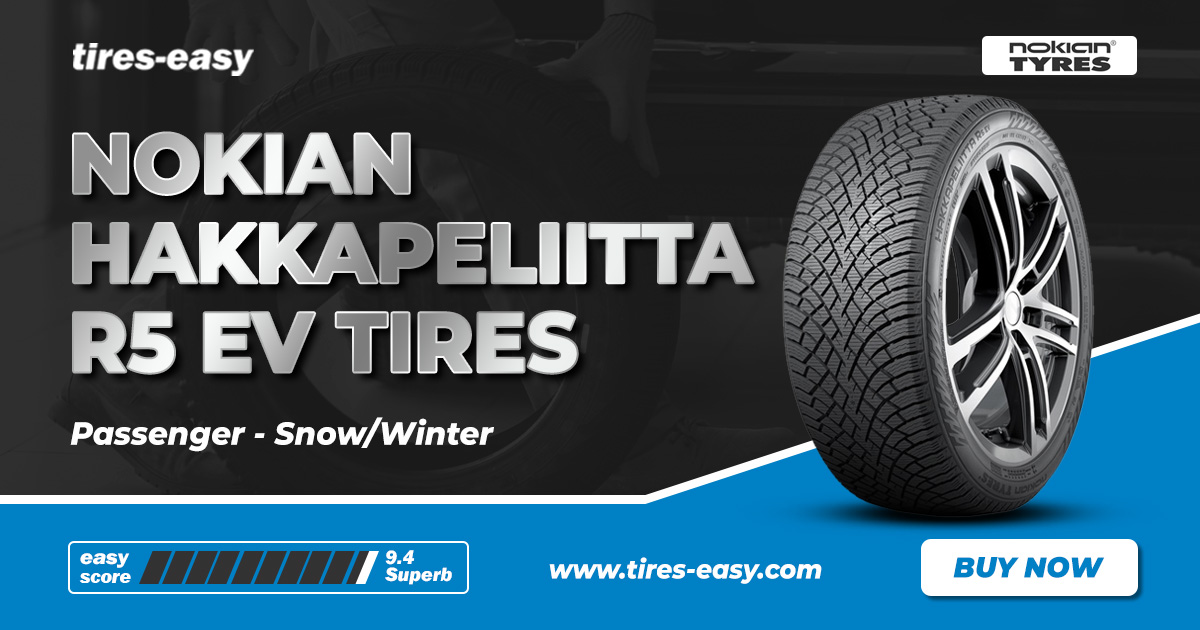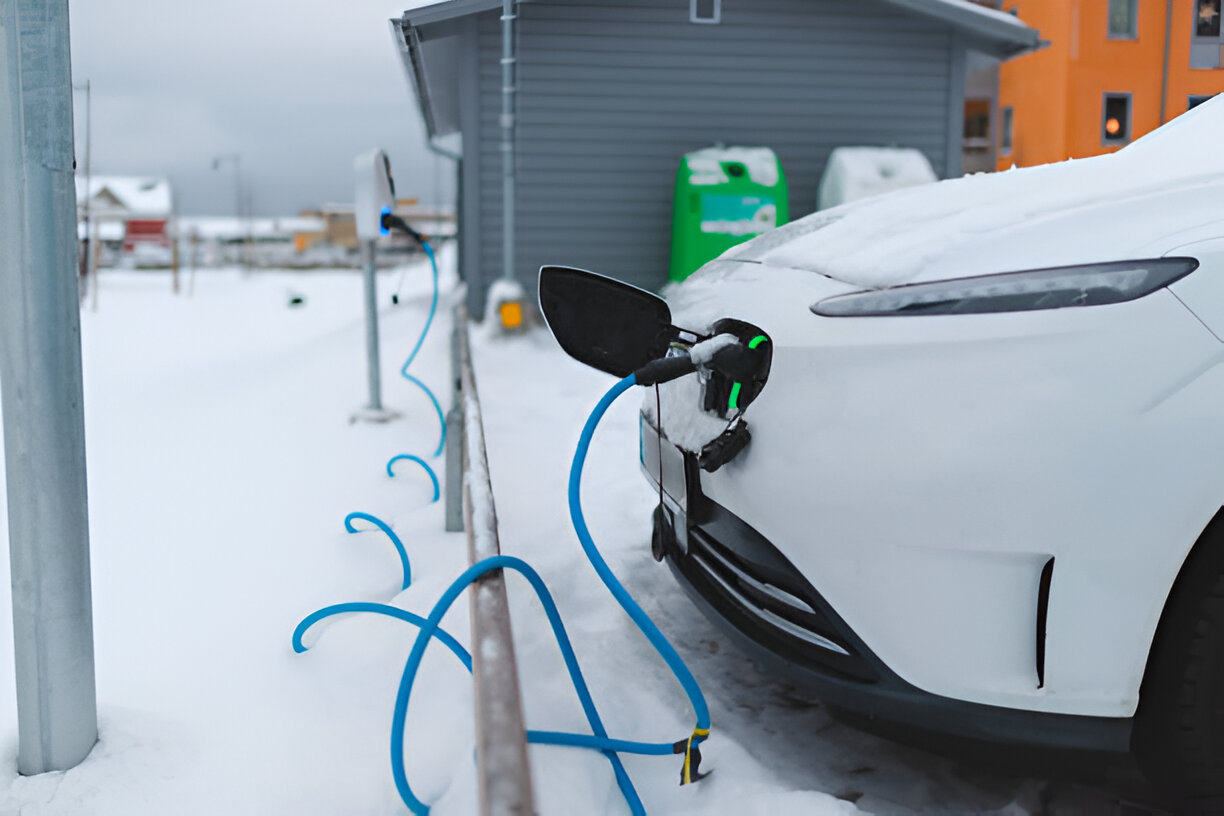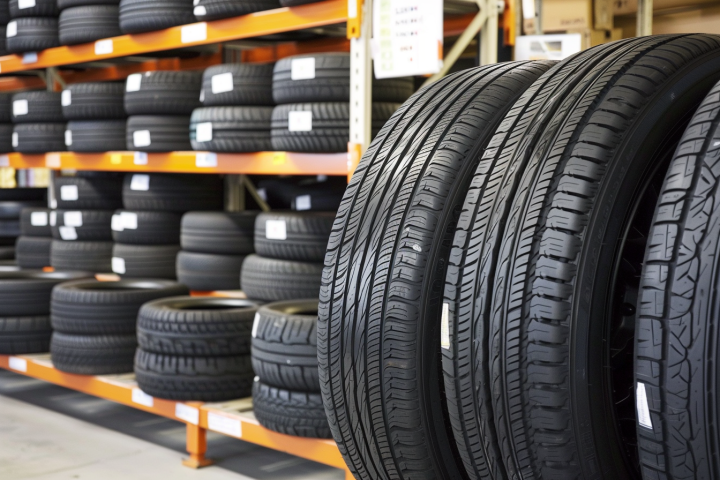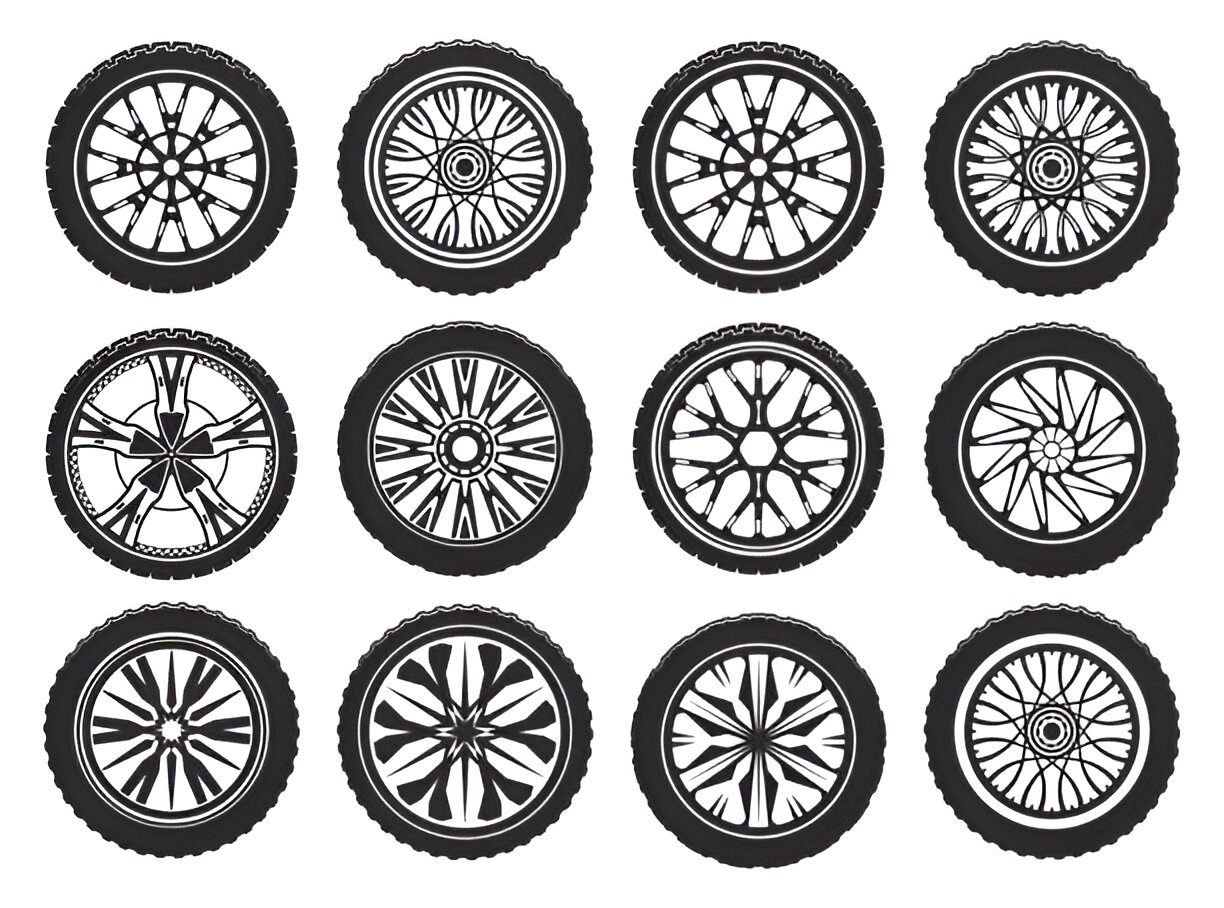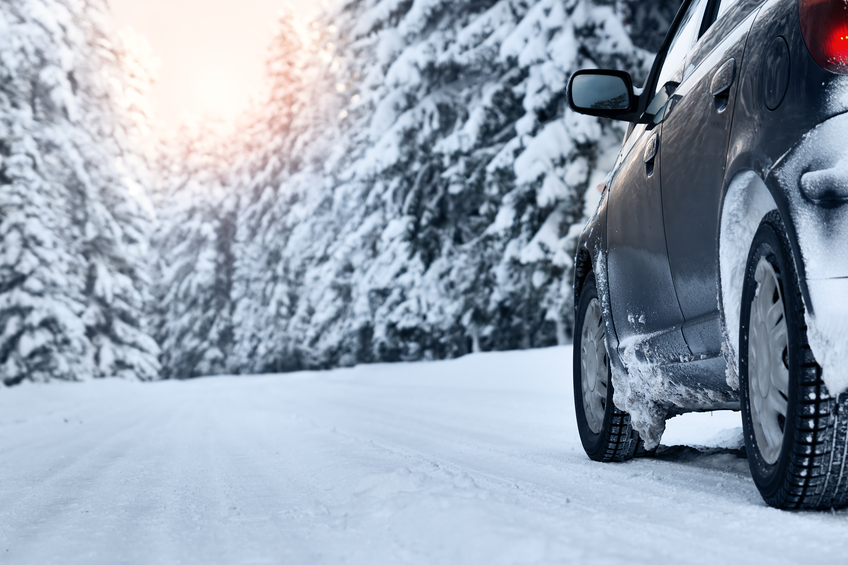Last Updated on October 25, 2024
Nokian Hakkapeliitta R5 EV vs. Standard Winter Tires- A Comparison for Electric Vehicle
The popularity of EVs has influenced many tire manufacturers to offer specific tires for electric vehicles. Due to differences in technology, power delivery, and weight, EVs require unique tires, an aspect of battery-powered cars that is often overlooked. While at first glance, EV tires might look similar to regular car tires, they possess unique features tailored to meet the distinct demands of electric vehicles. Especially in winter, slippery conditions enhance the need for capable and dependable EV tires.
Since there are a rising number of EVs on the road today and a rising number of companies producing parts for this particular category of cars, we’ll explore one of the top contenders for winter driving: the Nokian Hakkapeliitta R5 EV versus the standard winter tire.
Nokian Hakkapeliitta R5 EV: A Winter Tire Made for EVs
The Nokian Hakkapeliitta R5 EV offers several features designed specifically for electric vehicles:
- SilentDrive Technology: One of the most impressive features of the Nokian Hakkapeliitta R5 EV is the SilentDrive technology. The sound-absorbing layers inside the tire reduce noise, maintaining a quiet cabin environment, which is a key advantage for EVs, which lack engine noise.
- Lower Rolling Resistance: The R5 EV offers meager rolling resistance, directly translating to longer driving ranges per charge. Nokian claims that this tire can reduce energy consumption significantly, giving EV drivers peace of mind during winter trips.
- Aramid Sidewalls: Aramid fibers (similar to those used in bulletproof vests) reinforce the sidewalls making it highly resistant to cuts, punctures, and other road hazards. This added durability is essential for electric vehicles, which are often heavier than their ICE counterparts due to the large battery packs.
- Eco-Friendly Materials: Nokian is known for its commitment to sustainability, and the Hakkapeliitta R5 EV is no exception. The tire uses eco-friendly materials and has a low environmental impact, which aligns well with the ethos of EV drivers, who are typically more environmentally conscious.
- Optimized Tread Design for EVs: The tread is designed to provide superior grip on icy and snowy roads while accommodating the extra weight of EVs.
Standard Winter Tires Features
While standard winter tires are not EV-specific, they still provide crucial safety and performance benefits for winter driving:
- Cold-Weather Rubber Compounds: Standard winter tires use unique rubber compounds that remain flexible even in sub-zero temperatures, ensuring good grip.
- Aggressive Tread Patterns: Feature deeper grooves and sipes (tiny slits) that channel away snow, slush, and water, which prevents hydroplaning.
- Studded vs. Studless Options: Many winter tires offer studded variants for regions where ice is a significant problem. The metal studs dig into the ice, providing unparalleled grip. However, studless tires with advanced siping and winter-specific compounds can still offer excellent performance on snow and ice.
Price Comparison
One of the most important considerations for consumers is the price of the tire. The Nokian Hakkapeliitta R5 EV generally comes at a premium compared to standard winter tires. Here’s a look at the price range for both:
- Nokian Hakkapeliitta R5 EV: $250 – $600 per tire, depending on size.
Standard Winter Tires (e.g., Michelin X-Ice Snow): $150 – $600 per tire, depending on size. - While the Hakkapeliitta R5 EV is more expensive, its design caters to the demands of EVs, including lower rolling resistance and noise reduction.
Performance in Winter Conditions
Regarding actual winter performance, the Nokian Hakkapeliitta R5 EV and standard winter tires perform well, but critical differences exist.
1) Traction on Snow and Ice
- Nokian Hakkapeliitta R5 EV: Thanks to its innovative tread design and soft rubber compound, the R5 EV excels on snow and ice. The tire’s sipes provide excellent grip on snowy roads, while the optimized contact patch ensures stability and precise handling.
- Standard Winter Tires: High-quality winter tires like the Michelin X-Ice Snow perform well on snow and ice. They offer deep treads and aggressive patterns for traction but may not deliver the exact precision handling in heavy EVs.
2) Braking Performance
- Nokian Hakkapeliitta R5 EV: The tire’s design helps electric vehicles brake effectively on icy surfaces, with shorter stopping distances due to its superior grip.
- Standard Winter Tires: Standard winter tires deliver good braking performance, but they are not tailored for EVs’ unique weight distribution, which can result in slightly longer stopping distances compared to the R5 EV.
3) Range Impact
- Nokian Hakkapeliitta R5 EV: With lower rolling resistance, this tire helps EVs maintain a more extended driving range, especially critical in cold weather when battery performance is already reduced.
- Standard Winter Tires: Standard winter tires generally have higher rolling resistance, which can negatively impact the EV range by up to 10-15%.
Pros and Cons of Nokian Hakkapeliitta R5 EV vs. Standard Winter Tires
| Nokian Hakkapeliitta R5 EV | Standard Winter Tires |
| Pros | |
| Superior noise reduction with SilentDrive technology. | More affordable than EV-specific options. |
| Low rolling resistance extends EV range. | Good traction and braking performance on snow and ice. |
| It has reinforced Aramid sidewalls for extra durability. | Available in a wide range of sizes and models. |
| Excellent traction on snow and ice. | |
| Eco-friendly materials and construction. | |
| Cons | |
| Higher price point compared to standard winter tires. | Higher rolling resistance leads to reduced EV range. |
| Limited availability in some regions due to its specialized design. | There is no specialized noise reduction for quiet EV cabins. |
| Standard sidewalls may wear faster on heavier EVs. | |
Conclusion: Declaring a Winner
Compared to standard tires, the Nokian Hakkapeliitta R5 EV is the clear winner for electric vehicle owners. Its lower rolling resistance, noise reduction, and specialized design for EV weight distribution make it the top choice for winter driving. Though more expensive, its benefits justify the cost for EV drivers seeking safety, efficiency, and comfort.
-
Automotive Specialist




